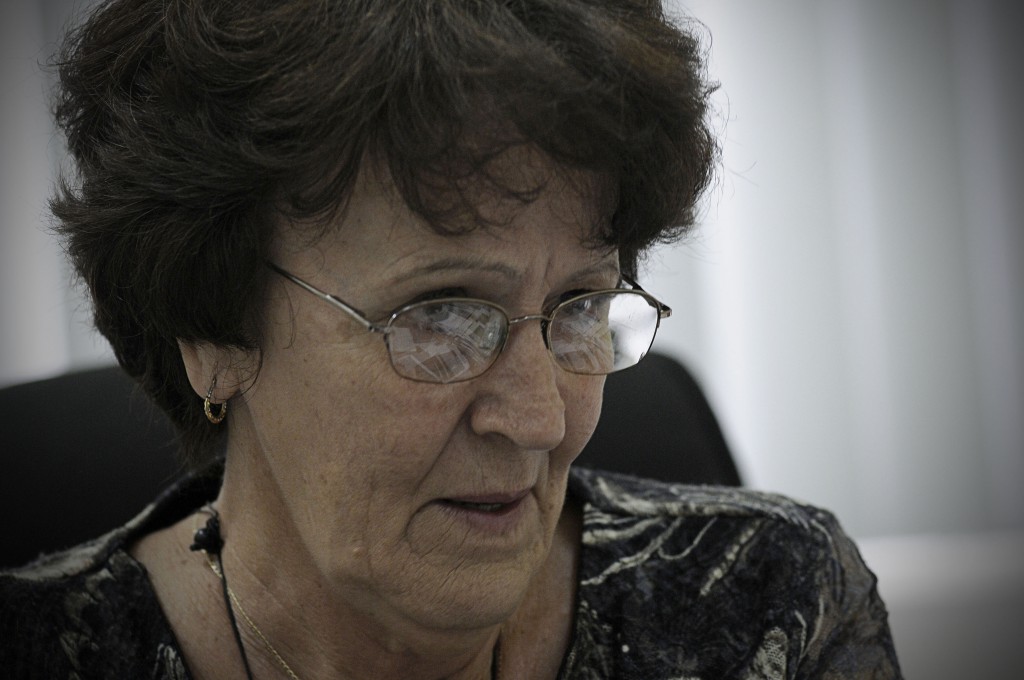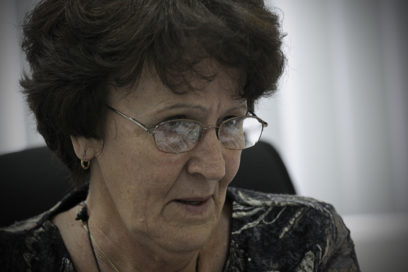
The two positive results of the national program to fight HIV/AIDS in 2013 allowed an earlier detection of the infection in a greater and better investigation in those vulnerable groups.
This was the main topic to analyze in the recent meeting held by health coordinators of AIDS’s Prevention Program for men having sex with men (MSM) who could know and debate on the most recent behavior in the transmission of the Human Immunodeficiency Virus (HIV) in Cuba.
Doctor Maria Isela Lantero, Head of AIDS and Sexually Transmitted Diseases (STD) from the Minister of Health (MINSAP) explained to TrabajadoresNewspaper that in 2013 there were held 2,5 million test for the detection of the virus, about 171,000 more than in 2012.
We were able to diagnose 94 percent of the people in early studies of the infection, the specialist said and noted this epidemic is present in Cuba and affects adults who are sexually active having unprotected relations.
This research showed 2,156 new diagnoses at the end of December, 2013, from them, 81,5 percent are men and the 15 percent having antecedents of STD. Experts alert on this increase in diagnosing STD like syphilis, which is now more frequent in men and are an easy entrance for HIV.
The group with an irresponsible conduct is MSM and has greater risks. So we focus the educative work to them, to women and youth, because their vulnerability is the greatest compared to the population in general to be infected with STD and HIV/AIDS.
As this illness makes no differences between social, labor or educational level origin, we have to focus our prevention on all of them at workplaces, schools, and the community.
Something interesting is that 40 percent of those diagnosed in 2013 have not been tested on HIV for more than three years. It shows there are vulnerable people left to offer them this health service.
Greater survival
Cuba has successfully applied the anti-retroviral therapy (ART) and the decrease on mortality rate shows it. Since 2001 we have generic drugs made in Cuba and we gradually and free cover all the needs.
More than the 94 percent of the people with this treatment since 2008 are alive, Dr. Lantero said. From 1986 to 2013 Cuba has diagnosed 19, 781 people HIV positive, from them 8, 037 got infected with AIDS and 3,302 died. Among them 287 people died of other diseases that had nothing to be with AIDS.
We have to keep on working, and together be able to achieve a good adhesion to the treatment, two factors closely linked to the success of the program, the epidemiologist said.
Until last December, 16, 479 people lived with HIV/AIDS in Cuba, from them, 9, 662 applies ART, which represents the 98, 7 percent of those that requires it.
There are patients that refuse, abandon therapy or cannot be traced. There are patients that are not either prepared to face treatment, she stressed.
In Cuba are more than 1, 800 health promoters, from them, about 400 were trained in 2013. They are mainly young people ready to teach their fellows, who in 2013 carried out more than 16, 000 activities with the participation of more than 80, 000 people.
“We have to assist promoters, monitor their job, keep them updated,” Dr. Lantero recommended, “volunteer activists are linked to the work of the media where they see how useful the activity they do is.”


